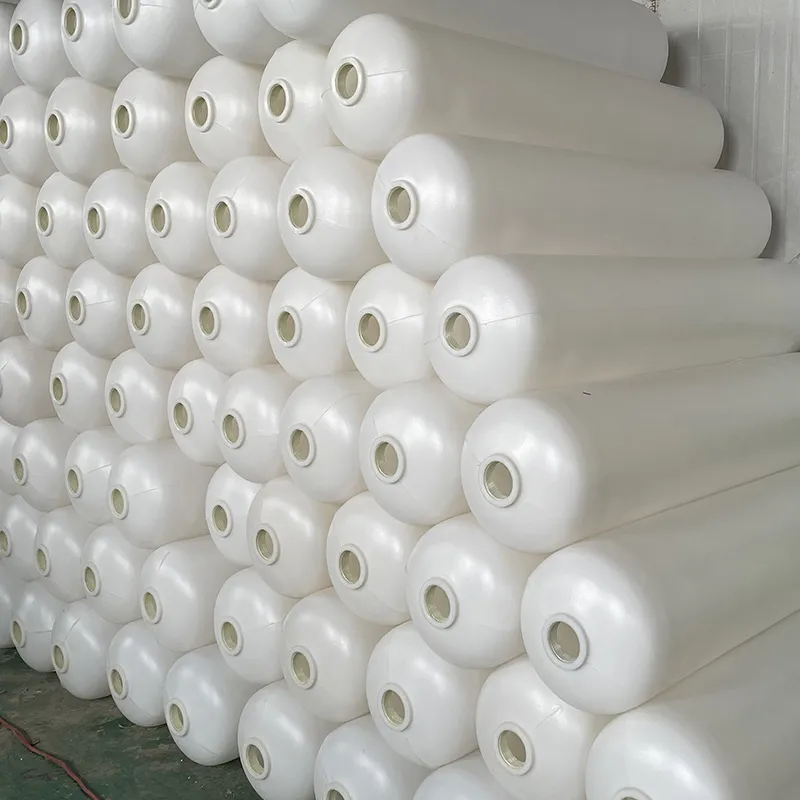loading...
- No. 9, Xingyuan South Street, Dongwaihuan Road, Zaoqiang County, Hengshui, Hebei, China
- admin@zjcomposites.com
- +86 15097380338
- Welcome to visit our website!
Price Analysis for 1354 FRP Vessel Market Trends and Insights
Understanding the Price of 1354 FRP Vessel
The cost of a 1354 FRP (Fiberglass Reinforced Plastic) vessel can vary based on numerous factors, including its size, design complexity, manufacturer, and the specific applications intended for the vessel. As industries seek more durable and corrosion-resistant materials, FRP vessels have gained popularity due to their unique characteristics and advantages.
What is FRP?
Fiberglass Reinforced Plastic (FRP) is a composite material made of a polymer matrix reinforced with fiberglass. This combination results in a lightweight but strong structure that is resistant to corrosion, chemical attacks, and extreme weather. Due to these properties, FRP vessels are widely utilized in various industries, including chemical processing, water treatment, food production, and more.
Factors Influencing the Price
1. Manufacturing Process The price of a 1354 FRP vessel can be significantly affected by the manufacturing techniques employed. Techniques such as hand lay-up, spray-up, and filament winding can impact both the cost and quality of the final product. More advanced and automated processes may increase the cost but can also enhance durability and performance.
2. Material Quality The quality of the fiberglass and the resin used in the construction of the vessel plays a crucial role in determining the price. High-grade materials often come with a higher price tag but provide better long-term performance and durability.
3. Size and Design Complexity A 1354 FRP vessel’s dimensions and design intricacies can greatly influence its cost. Custom-designed vessels with unique shapes or tailored specifications may require additional engineering and manufacturing processes, thus driving up the price.
1354 frp vessel price

4. Regulatory Standards Different industries have specific regulations regarding vessel construction and safety. Compliance with these standards may necessitate additional testing and certification, which can add to the overall cost.
5. Market Demand Like any product, the price of FRP vessels is also subject to market forces. Demand fluctuations can affect pricing, with increases in demand potentially raising prices and an oversupply leading to reductions.
Advantages of FRP Vessels
Despite the factors that contribute to the price, many industries find that the long-term benefits of FRP vessels justify the investment. Notably
- Corrosion Resistance FRP vessels do not corrode like traditional metal vessels, leading to lower maintenance costs and a longer lifespan. - Lightweight The lightness of FRP compared to metals allows for easier transportation and installation. - Customization FRP vessels can be molded into various shapes and sizes, making them versatile for different applications. - Cost-Effectiveness While the initial price may be higher, the savings on maintenance and replacement can make FRP vessels more economical over time.
Conclusion
In summary, the price of a 1354 FRP vessel is influenced by a range of factors, including manufacturing processes, material quality, size and design, regulatory compliance, and market dynamics. While the upfront cost may be a consideration for many buyers, the long-term advantages such as durability, low maintenance, and versatility often make FRP vessels a smart investment for industries requiring reliable and efficient containment solutions. When deciding on purchasing a FRP vessel, it is essential to consider not only the initial cost but also the total cost of ownership over the vessel's lifespan.
-
GRP Structures: The Future of Lightweight, High-Performance EngineeringNewsJun.20,2025
-
FRP Water Tank: High-Performance Storage for Corrosive and Clean Water SystemsNewsJun.20,2025
-
FRP Square Tube: The New Industry Standard for Chemical and Structural ApplicationsNewsJun.20,2025
-
FRP Pultruded Profiles: The Ultimate Choice for Lightweight Structural StrengthNewsJun.20,2025
-
FRP Handrails: The Safer, Smarter, and Stronger Choice for Modern InfrastructureNewsJun.20,2025
-
FRP Grating: The Smart Solution for Durable, Lightweight Industrial FlooringNewsJun.20,2025
-
Why Choose a Galvanized Water Tank for Your Storage NeedsNewsMay.21,2025
